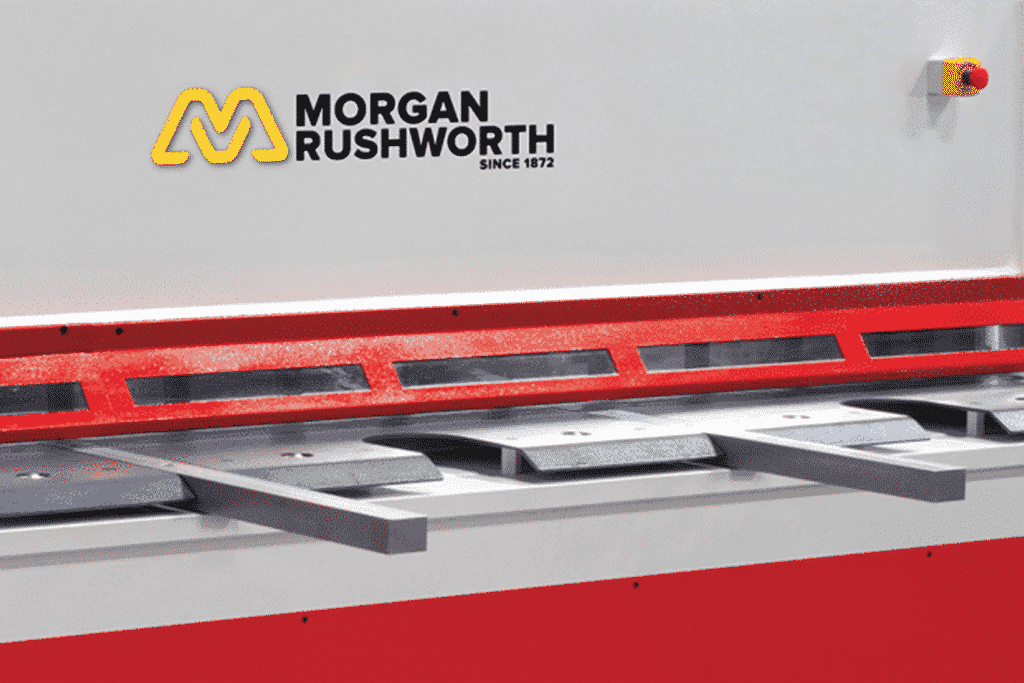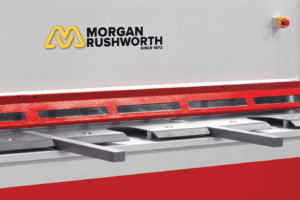If you or your business is using a manual or mechanical guillotine, you might well have a few false impressions about hydraulic machines.
“My business can’t afford one”
“My mechanical guillotine is much faster”
“The latest machines need a degree in computer sciences”
“I get by just fine at the moment, why even bother?”
Are these good points? A lot depends on your own unique point of view, but some things are certain, and we have listed them below to give you all the tools you need to make an informed choice on which type of guillotine might be best; Mechanical or hydraulic.
Reliability
What do we actually mean by reliability? Quality of cut is a big deal of course but your trusty mechanical guillotine is driven by belts and motors. Even with good maintenance, over time those parts move and inevitably wear. For fast, repetitive cutting they might seem ideal but accuracy and the ability to cut cleanly invariably degrade over time, particularly with cheaper, more lightweight imported machines.
Compare them to their solid, heavy duty, hydraulic big brothers. They have become a lot faster and more cost effective in recent years, cheaper to buy too, but with no compromise on build quality and component parts. The advantages once enjoyed by mechanical guillotines are a thing of the past. When it comes to reliability the future is hydraulic.
Capacity
Giving consideration to the capacity you or your company need is paramount, capacity relates to two things; firstly the width of the plate. Our Hydraulic machines can handle widths up to 5 metres wide although the majority of our clients need a capacity of around 3 metres. Secondly and perhaps most importantly is the matter of thickness. Our machines can cater for everything from 0.1mm up to 25mm plate. Compare those figures to mechanical machines, whose top end capacities are only around 4-5mm and the advantage is clear, even if your business regularly works with materials at the thinner end of the scale, here’s why…
Going above and beyond your required capacity is always wise as you can effectively future proof your business with the ability to handle a wider range of materials and if those materials are cheaper, imported materials they might be harder than you expect.
Mechanical machines might be fast, but when it comes to capacity they are left standing by hydraulic machines. The difference is staggering.
Factor in user friendly CNC control and you have a machine that can be multi-programmed, Selmach even have our trained engineers ready and waiting to help and advise you on their operation. That includes demonstrations and training for CNC/NC controls.
Swing Beam or Variable Rake?
Which is best depends on the nature of your business. Swing beam hydraulic guillotines offer a wide range of capacity, from around 1.5mm-20mm, they have a fixed rake angle which is ideal for heavier materials. It is popular for its adaptability and sheer diversity.
Variable rake, as the name suggests allows the rake to be adjusted. For thinner materials and strips without deformation, variable rake machines allow for greater variation across a range of thicknesses.
Both types of machine offer laser line accuracy, smooth, strong shearing and a wide range of additional extras.
For more information on our range of Hydraulic Guillotines or to see one in action for yourself; click, tap or call us on +44 (0)1432 346 586, email [email protected] or get in touch via our website.
Published 22nd July 2019


